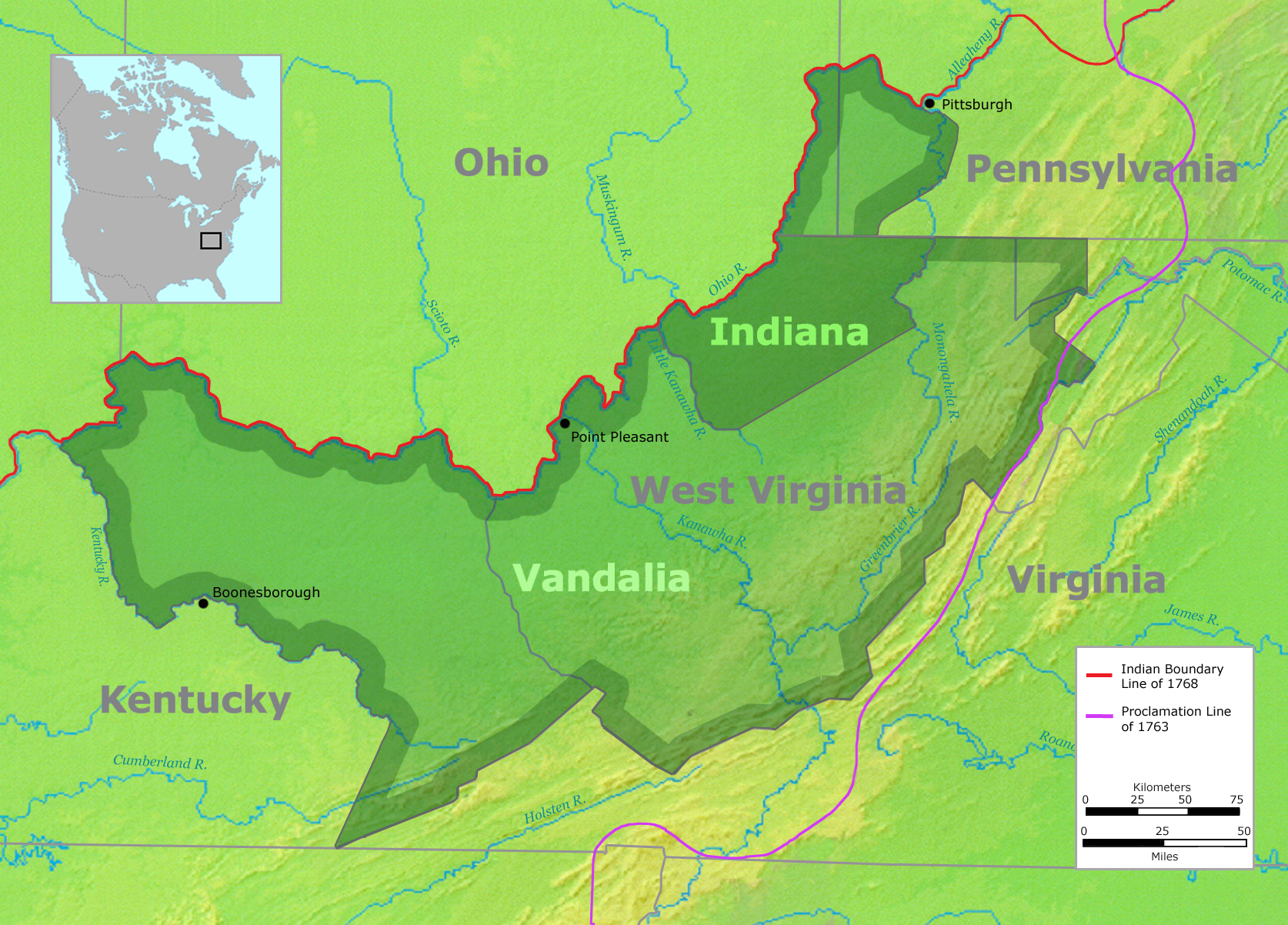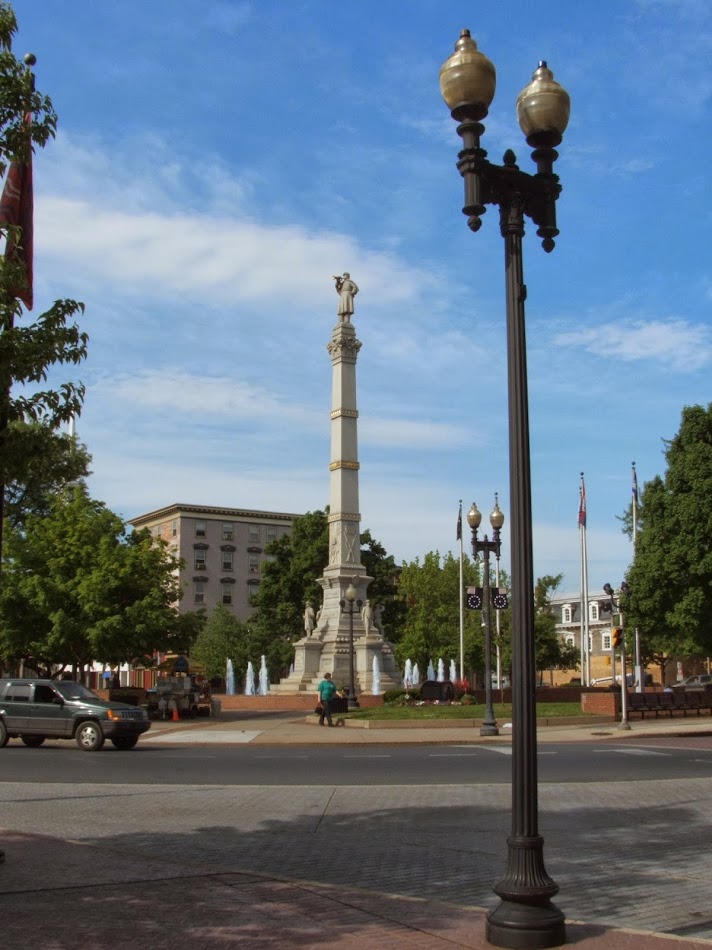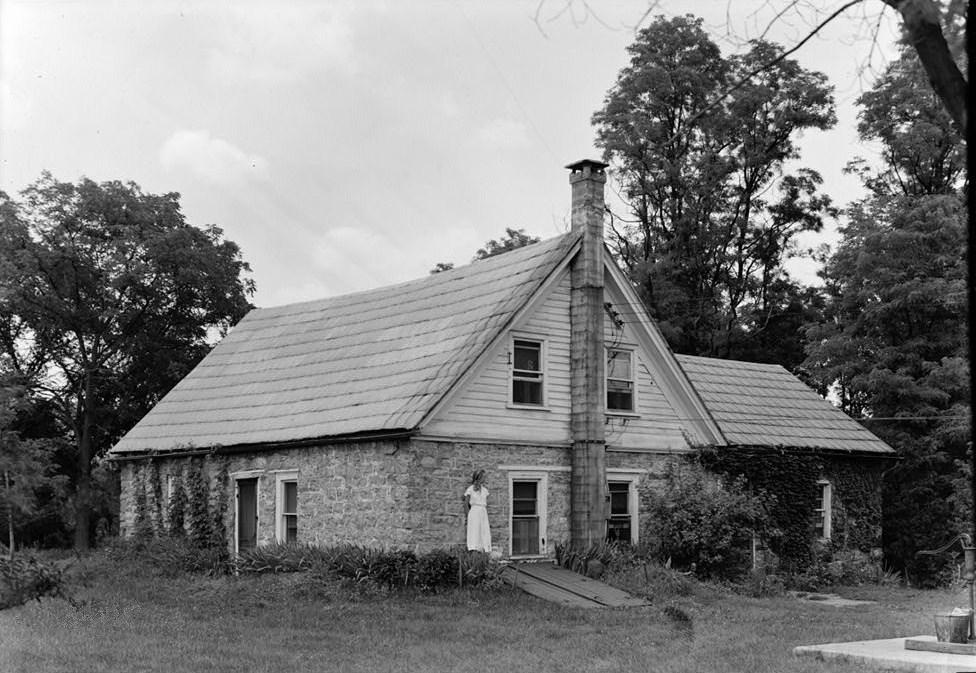|
Robert Lettis Hooper, Jr.
Robert Lettis Hooper Jr (1730 – July 30, 1797) was a soldier in the American Revolutionary War, later a member of the New Jersey Legislative Council, of which he was Vice President. Early life Hooper was born about 1730 and was the third in succession to bear that name. His grandfather, Robert Lettis Hooper, had been Chief Justice of the New Jersey Supreme Court, and a member of the New Jersey General Assembly, among other political offices. His great-grandfather Daniel Hooper, a native of Barbados, was a judge in Elizabethtown and Newark, and was of the East New Jersey Provincial Council. A miller, he was later a merchant in Philadelphia, but owing to financial problems he closed his business. Traveling west, Hooper visited with Sir William Johnson in June, 1765. Afterwards he engaged in surveying for the proposed Colony of Vandalia, and was an applicant for its Surveyor General if a government was established. Although this position never materialized, it led to ... [...More Info...] [...Related Items...] OR: [Wikipedia] [Google] [Baidu] |
New Jersey Legislative Council
The New Jersey Legislative Council was the upper house of the New Jersey Legislature under the New Jersey Constitution of 1776 until it was replaced by the New Jersey Senate under the Constitution of 1844. History The Legislative Council replaced the New Jersey Provincial Council, which had been the upper house under colonial rule. The Provincial Council consisted of up to twelve members, appointed by and serving at the pleasure of the British crown. As this created an overly aristocratic and non representative body, the framers of the 1776 state constitution provided for an elected Legislative Council, with one Member of Council elected in each county for a one-year term. This structure would remain in place after 1844, when the Legislative Council would be replaced by the New Jersey Senate, and continued until 1965. Composition The 1776 Constitution set up a fusion of powers system of state government, which allowed for an overlap of executive, legislative and judicial authority ... [...More Info...] [...Related Items...] OR: [Wikipedia] [Google] [Baidu] |
Vandalia (colony)
Vandalia was the name in the late 1700s of a proposed British colony in North America. The colony would have been located south of the Ohio River, primarily in what are now West Virginia and northeastern Kentucky. Vandalia was never approved by the British Crown and had no colonial government, although some Virginians and Pennsylvanians had already settled there. After the American Revolutionary War, the Vandalia settlers sought unsuccessfully to be admitted as a state called Westsylvania. However, they had no legal title to the land and were opposed by the governments of Virginia and Pennsylvania, which both claimed the area as their own under colonial charters. Ultimately the federal government split the area between Pennsylvania and Virginia according to the Mason–Dixon line. Kentucky was later settled by Virginians and admitted as a state; West Virginia was admitted as a state during the American Civil War. History In the 18th century, British land speculators several t ... [...More Info...] [...Related Items...] OR: [Wikipedia] [Google] [Baidu] |
Continental Congress
The Continental Congress was a series of legislative bodies, with some executive function, for thirteen of Britain's colonies in North America, and the newly declared United States just before, during, and after the American Revolutionary War. The term "Continental Congress" most specifically refers to the First and Second Congresses of 1774–1781 and, at the time, was also used to refer to the Congress of the Confederation of 1781–1789, which operated as the first national government of the United States until being replaced under the Constitution of the United States. Thus, the term covers the three congressional bodies of the Thirteen Colonies and the new United States that met between 1774 and 1789. The First Continental Congress was called in 1774 in response to growing tensions between the colonies culminating in the passage of the Intolerable Acts by the British Parliament. It met for about six weeks and sought to repair the fraying relationship between Britain and t ... [...More Info...] [...Related Items...] OR: [Wikipedia] [Google] [Baidu] |
Loyalist (American Revolution)
Loyalists were colonists in the Thirteen Colonies who remained loyal to the British Crown during the American Revolutionary War, often referred to as Tories, Royalists or King's Men at the time. They were opposed by the Patriots, who supported the revolution, and called them "persons inimical to the liberties of America." Prominent Loyalists repeatedly assured the British government that many thousands of them would spring to arms and fight for the crown. The British government acted in expectation of that, especially in the southern campaigns in 1780–81. Britain was able to effectively protect the people only in areas where they had military control, and in return, the number of military Loyalists was significantly lower than what had been expected. Due to the conflicting political views, loyalists were often under suspicion of those in the British military, who did not know whom they could fully trust in such a conflicted situation; they were often looked down upon. Pat ... [...More Info...] [...Related Items...] OR: [Wikipedia] [Google] [Baidu] |
Lower Saucon Township, Pennsylvania
Lower Saucon Township is a township in Northampton County, Pennsylvania, United States. The township's population was 10,772 as of the 2010 census. The township is part of the Lehigh Valley metropolitan area, which had a population of 861,899 and was the 68th most populous metropolitan area in the U.S. as of the 2020 census. Lower Saucon Township is located east of Allentown, north of Philadelphia, and west of New York City. All locations in the township have addresses in nearby Hellertown or Bethlehem. History Until the mid-17th century, the Lenape (Delaware) tribes hunted and inhabited the land of Lower Saucon Township. European traders first appeared in the area prior to 1700, and the Native Americans peacefully traded with these outsiders, although some minor skirmishes did occur. William Penn, later founder of the Province of Pennsylvania, was granted land on March 4, 1681, by King Charles II of England to repay a debt owed to Penn's father. The land grant included ... [...More Info...] [...Related Items...] OR: [Wikipedia] [Google] [Baidu] |
Easton, Pennsylvania
Easton is a city in, and the county seat of, Northampton County, Pennsylvania, United States. The city's population was 28,127 as of the 2020 United States census, 2020 census. Easton is located at the confluence of the Lehigh River, a river that joins the Delaware River in Easton and serves as the city's eastern geographic boundary with Phillipsburg, New Jersey. Easton is the easternmost city in the Lehigh Valley, a region of that is Pennsylvania's third largest Metropolitan statistical area, metropolitan region with 861,889 residents as of the 2020 United States census, U.S. 2020 census. Of the Valley's three major cities, Allentown, Pennsylvania, Allentown, Bethlehem, Pennsylvania, Bethlehem, and Easton, Easton is the smallest with approximately one-fourth the population of Allentown, the Valley's largest city. The greater Easton area includes the city of Easton, three townships (Forks Township, Northampton County, Pennsylvania, Forks, Palmer Township, Northampton County, Pe ... [...More Info...] [...Related Items...] OR: [Wikipedia] [Google] [Baidu] |
Sussex County, New Jersey
Sussex County is the northernmost county in the State of New Jersey. Its county seat is Newton.New Jersey County Map New Jersey Department of State. Accessed July 10, 2017. It is part of the and is part of New Jersey's Skylands Region. As of the , the county's population wa ... [...More Info...] [...Related Items...] OR: [Wikipedia] [Google] [Baidu] |
Bucks County, Pennsylvania
Bucks County is a county in the Commonwealth of Pennsylvania. As of the 2020 census, the population was 646,538, making it the fourth-most populous county in Pennsylvania. Its county seat is Doylestown. The county is named after the English county of Buckinghamshire. Bucks County is part of the northern boundary of the Philadelphia– Camden– Wilmington, PA– NJ– DE– MD Metropolitan Statistical Area, more commonly known as the Delaware Valley. It is located immediately northeast of Philadelphia and forms part of the southern tip of the eastern state border with New Jersey. History Founding Bucks County is one of the three original counties created by colonial proprietor William Penn in 1682. Penn named the county after Buckinghamshire, the county in which he lived in England. He built a country estate, Pennsbury Manor, in Falls Township, Bucks County. Some places in Bucks County were named after locations in Buckinghamshire, including Buckingham and Buckingham T ... [...More Info...] [...Related Items...] OR: [Wikipedia] [Google] [Baidu] |
Philadelphia County, Pennsylvania
Philadelphia County is a county in the Commonwealth of Pennsylvania. It is the most populous county in Pennsylvania. As of the 2020 census, Philadelphia County had a population of 1,603,797. The county is the second smallest county in Pennsylvania by land area, after Montour County. Philadelphia County is one of the three original counties, along with Chester and Bucks counties, created by William Penn in November 1682. Since 1854, the county has been coextensive with the City of Philadelphia which is also its county seat. Philadelphia County is the core county in the Philadelphia- Camden- Wilmington Combined Statistical Area (PA- NJ- DE- MD, also known as the Delaware Valley), located along the lower Delaware and Schuylkill Rivers, within the Northeast megalopolis. Philadelphia County is the economic and cultural anchor of the Delaware Valley, the eighth-largest combined statistical area in the United States with an estimated population of 6.096 million as of 2020. H ... [...More Info...] [...Related Items...] OR: [Wikipedia] [Google] [Baidu] |
Colonel
Colonel (abbreviated as Col., Col or COL) is a senior military officer rank used in many countries. It is also used in some police forces and paramilitary organizations. In the 17th, 18th and 19th centuries, a colonel was typically in charge of a regiment in an army. Modern usage varies greatly, and in some cases, the term is used as an honorific title that may have no direct relationship to military service. The rank of colonel is typically above the rank of lieutenant colonel. The rank above colonel is typically called brigadier, brigade general or brigadier general. In some smaller military forces, such as those of Monaco or the Vatican, colonel is the highest rank. Equivalent naval ranks may be called captain or ship-of-the-line captain. In the Commonwealth's air force ranking system, the equivalent rank is group captain. History and origins By the end of the late medieval period, a group of "companies" was referred to as a "column" of an army. According to Raymond Ol ... [...More Info...] [...Related Items...] OR: [Wikipedia] [Google] [Baidu] |
Quartermaster General Of The United States Army
The Quartermaster General of the United States Army is a general officer who is responsible for the Quartermaster Corps, the Quartermaster branch of the U.S. Army. The Quartermaster General does not command Quartermaster units, but is primarily focused on training, doctrine and professional development of Quartermaster soldiers. The Quartermaster General also serves as the Commanding General, U.S. Army Quartermaster Center and School, Fort Lee, Virginia and the traditional Quartermaster Corps. The office of the Quartermaster General was established by resolution of the Continental Congress on 16 June 1775, but the position was not filled until 14 August 1775. Perhaps the most famous Quartermaster General was Nathanael Greene, who was the third Quartermaster General, serving from March 1778 to August 1780. The first Quartermaster General to serve in the U.S. Army was Thomas Mifflin of Pennsylvania. History 18th century The position of Quartermaster General originated in the Con ... [...More Info...] [...Related Items...] OR: [Wikipedia] [Google] [Baidu] |
Continental Army
The Continental Army was the army of the United Colonies (the Thirteen Colonies) in the Revolutionary-era United States. It was formed by the Second Continental Congress after the outbreak of the American Revolutionary War, and was established by a resolution of Congress on June 14, 1775. The Continental Army was created to coordinate military efforts of the Colonies in their war for independence against the British, who sought to keep their American lands under control. General George Washington was the commander-in-chief of the army throughout the war. The Continental Army was supplemented by local militias and volunteer troops that were either loyal to individual states or otherwise independent. Most of the Continental Army was disbanded in 1783 after the Treaty of Paris formally ended the fighting. The 1st and 2nd Regiments of the Army went on to form what was to become the Legion of the United States in 1792. This became the foundation of what is now the United States ... [...More Info...] [...Related Items...] OR: [Wikipedia] [Google] [Baidu] |








